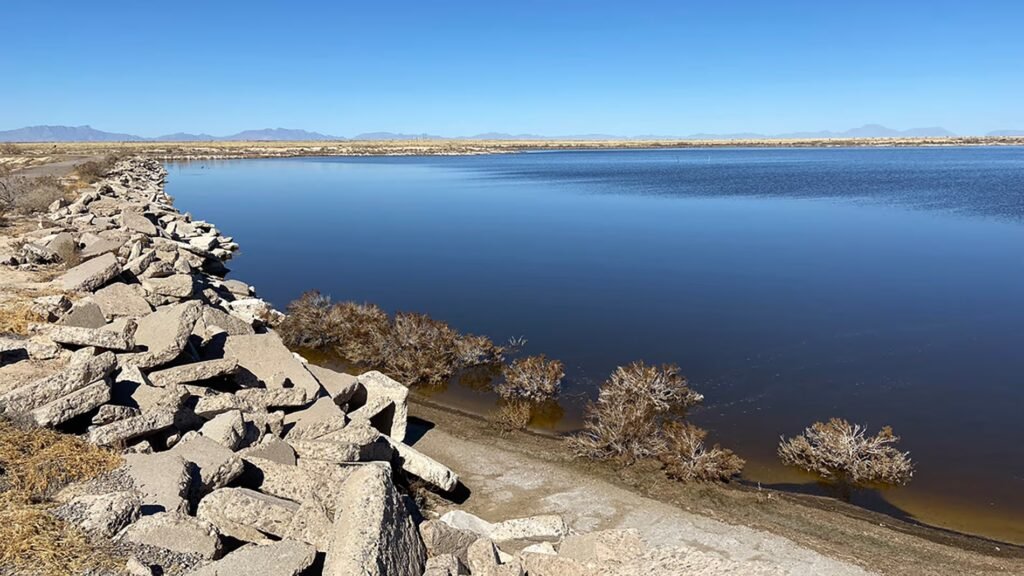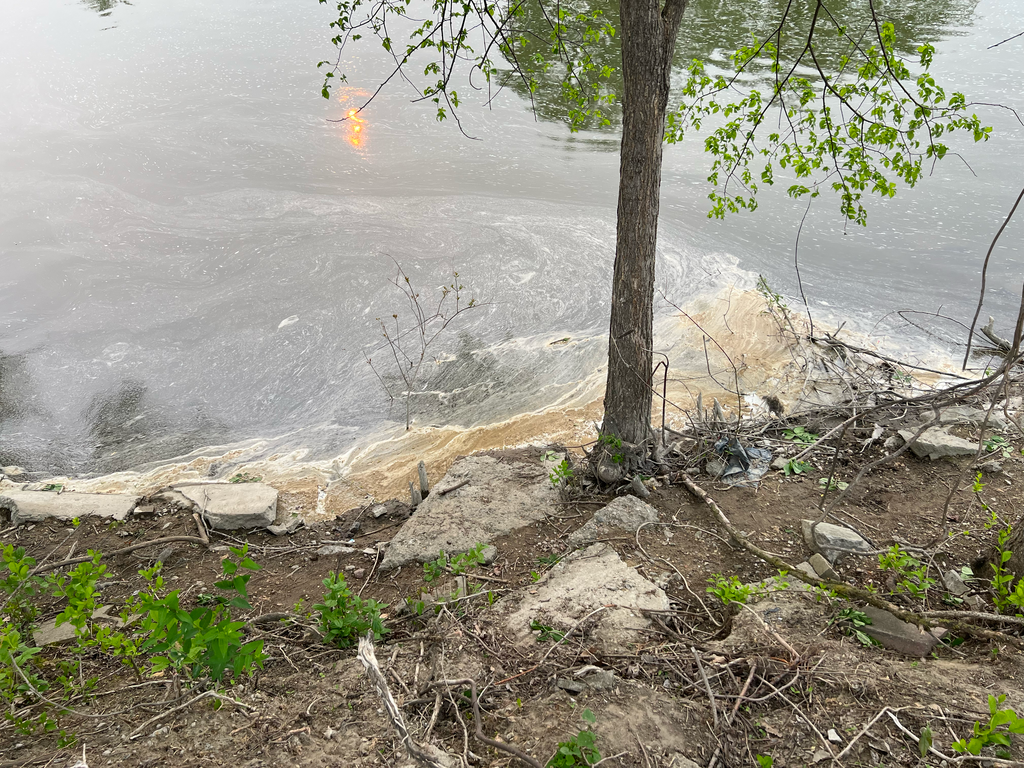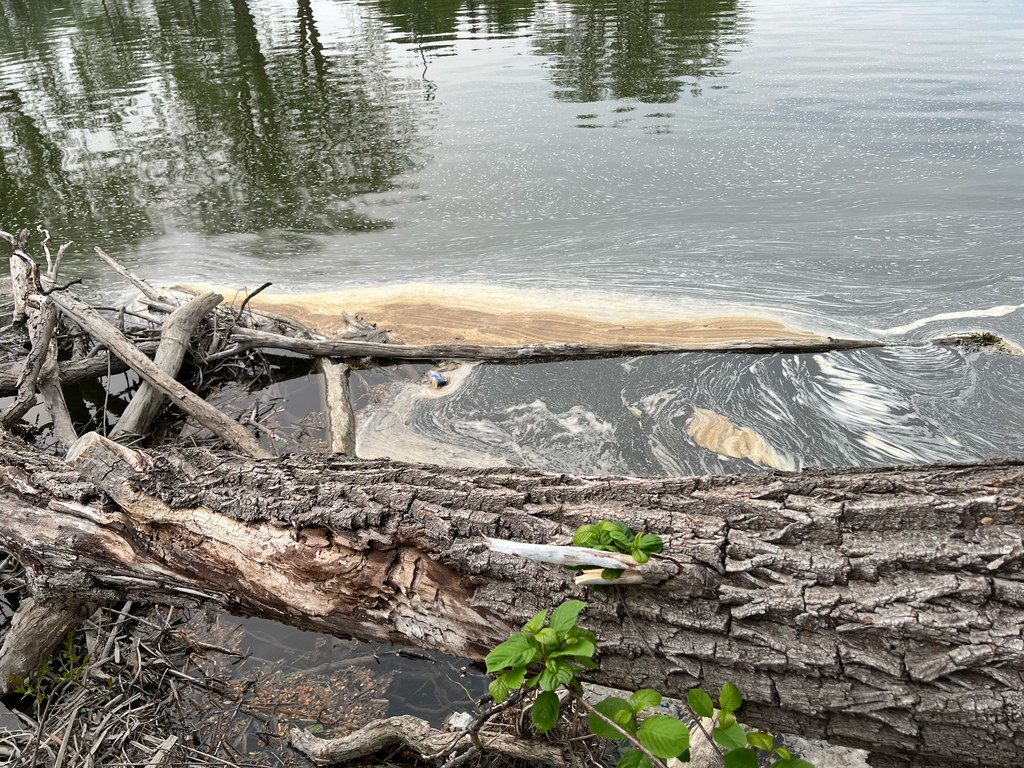Holloman Lake used to be an unlikely oasis in the dry Chihuahuan Desert of New Mexico. It was a shimmering mirage for migratory birds, campers, and wildlife. But underneath its calm surface is a nightmare that can’t be seen: the highest levels of “forever chemicals” ever found in a natural ecosystem. What started out as a great place for birdwatchers has turned into a dark lab for figuring out how per- and polyfluoroalkyl substances (PFAS) get into all living things, from algae to top predators. The lake is so polluted that even one gram of duck meat from here would be unsafe to eat. How did this faraway desert lake become the center of a global pollution crisis, and what does its fate show us about the hidden chemical dangers that exist in ecosystems all over the world?
From Oasis to Toxic Hotspot: The Unraveling of Holloman Lake

The lake was made in 1965 to catch wastewater from Holloman Air Force Base. It turned out to be a safe place for animals in a dry area. For many years, peregrine falcons, killdeer chicks, and even herds of oryx lived on its shores. Then researchers saw something bad happening. Foam along the shore, which was once thought to be a natural oddity, turned out to be a clear sign of PFAS contamination from military firefighting foams used since the 1970s.
By 2024, studies confirmed what no one thought possible: PFAS levels here were tens of thousands of parts per billion higher than the levels that led to livestock culls in other places. A white-footed mouse from 1994 showed that the pollution had been building up for decades. A killdeer chick tested in 2025 had the highest PFAS level ever found in a bird.
“Forever Chemicals” and the Ecosystem’s Silent Collapse

PFAS don’t break down. Their carbon-fluorine bonds are some of the strongest in chemistry, so they can’t be broken down by nature. These chemicals have spread through every level of the food web at Holloman:
- Water and sediments: PFAS levels in drinking water can be up to 10,000 times higher than what the EPA says is safe.
- Plants and algae: One composite sample had the highest levels of PFAS ever found in plants.
- Wildlife: Kangaroo rat livers had 120,000 nanograms of PFAS per gram, which is a dose that would kill most lab animals.
Researchers now use the lake as a “natural laboratory” to study how PFAS move through ecosystems, sticking to clay minerals and salt deposits in the desert soil. This is because the lake is so polluted.
The Human Cost: Hunters, Lawsuits, and a “Do Not Eat” Warning

Even though people have been warned, Holloman is still a place to hunt. Researchers say that one duck could carry enough toxic chemicals to last a lifetime. They also say that PFAS-tainted game may already be spreading. Migratory birds from Holloman could be spreading toxins to wetlands all over North America, making regional hunting like “toxic roulette.”
The military has been sued by New Mexico’s Environment Department. This is one of more than 9,000 cases in the U.S. related to PFAS pollution. But it’s almost impossible to clean up. “You can’t just filter a lake like this,” says biologist Christopher Witt. “The chemicals are in the bones of animals, the rocks, and the dust.”
A Global Pattern: Wildlife as the “Canary in the Coal Mine”
Holloman is only one part of a global crisis. The Environmental Working Group (EWG) has made maps showing PFAS pollution in more than 600 species, including polar bears in the Arctic and sea turtles in Australia. The similarities to how this affects human health are scary:
- Thyroid problems: Black-legged kittiwakes and hooded seals have hormonal problems.
- Immune Collapse: Alligators in North Carolina have wounds that won’t heal, and dolphins have chronic inflammation.
- Developmental Deformities: In Australia, baby sea turtles are born with scales that are twisted.
David Andrews from EWG says, “Humans are now the sentinel species.” “When we see cancer or infertility in animals, it’s a warning for everyone.”
The Military’s Toxic Legacy and the Fight for Accountability

Holloman’s main concern is Aqueous film-forming foam (AFFF) – military fire practice has used AFFF for decades. Similar pollution problems extend from Clark’s Marsh in Michigan to Cape Fear River in North Carolina. But regulation is behind:
- In April 2024, the EPA finally set enforceable limits on PFAS in drinking water.
- Even with the known dangers of AFFF since the 1960s, the U.S. Department of Defense has been slow to get rid of the foam.
Advocates want a complete ban, funding the EU proposal of banning PFAS altogether by 2030. Unfortunately for Holloman, the damage may be irreversible.
What Happens Next? The Uncertain Future of Contaminated Ecosystems

Scientists are racing against the clock to solve these crucial problems:
- Will PFAS’s impact on birds lead to changes in migratory behavior due to earlier mortality or weakening?
- Are the desert playas downstream of Holloman also affected by toxicaining during rainfall?
- How far does the military responsibility extend as an increasing number of species show symptoms of illness?
This is a personal tragedy for Witt. He expresses, “This was a beautiful place.” “It’s a monument to what we’ve done and a look ahead to what’s coming in other places.”
The water crisis is but a small indicator of what the world has done to itself using creativity without thoughtful consideration. PFAS are no longer a concern of ‘whether they will spread’ but ‘how many lives will be lost because of them.’
Sources:

Suhail Ahmed is a passionate digital professional and nature enthusiast with over 8 years of experience in content strategy, SEO, web development, and digital operations. Alongside his freelance journey, Suhail actively contributes to nature and wildlife platforms like Discover Wildlife, where he channels his curiosity for the planet into engaging, educational storytelling.
With a strong background in managing digital ecosystems — from ecommerce stores and WordPress websites to social media and automation — Suhail merges technical precision with creative insight. His content reflects a rare balance: SEO-friendly yet deeply human, data-informed yet emotionally resonant.
Driven by a love for discovery and storytelling, Suhail believes in using digital platforms to amplify causes that matter — especially those protecting Earth’s biodiversity and inspiring sustainable living. Whether he’s managing online projects or crafting wildlife content, his goal remains the same: to inform, inspire, and leave a positive digital footprint.



